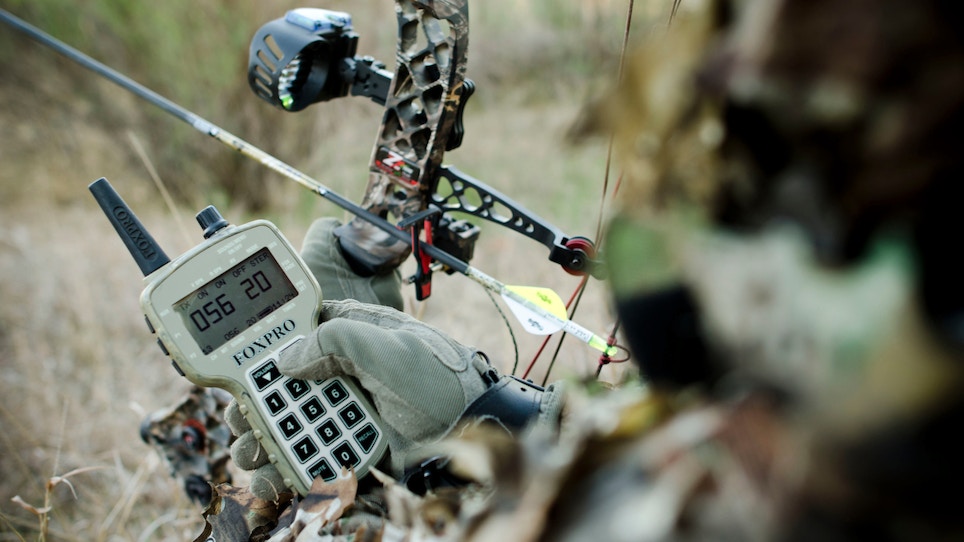No, you can’t prevent poaching, a freak accident or a stroke of severe weather from Mother Nature. But you can help control the threat of Canis latrans.
Found in all 50 states, coyotes are ready to wreak havoc on your deer herd — and not just on rut-weary bucks, but also on less-than-healthy does and spring fawns.
Here are three solid reasons why you need to take action now.
1. Coyotes Are Moving into Big-Buck Areas
Studies by the U.S. Forest Service as well as other privately funded study groups indicate coyotes are pressing into suburban areas — the same suburban areas where many bowhunters chase big bucks on small tracts. Some studies also indicate coyotes are becoming increasingly dangerous.
In 2009, 19-year-old Taylor Mitchell was killed by coyotes while walking through a national park in Nova Scotia, Canada. While fatal attacks are incredibly rare, increasing numbers of coyotes moving into suburban areas create a recipe for disaster not only for deer, but for people as well. Numerous attacks on children and adults alike show that coyotes are aggressive predators.
2. Rut Weakened Bucks Are Easy Prey
According to Dan Brauch, a biologist for the Colorado Division of Wildlife, coyotes are more prone to prey on young fawns and smaller-sized does. However, Brauch noted that bucks — especially those bucks running on a weakened fat supply and exhausted from a hard rut — are popular targets for hungry song dogs.
3. Half Of All Fawns Are Killed By Coyotes
According to a study performed in South Carolina by U.S. Forest Service research biologist John Kilgo, coyotes are proving to be more threatening to deer populations than many of us ever imagined.
Kilgo and his crew collared and tracked 216 fawns over a seven-year period. Kilgo noted that the number of coyote-killed fawns was higher than expected and was enough to affect deer populations. In some cases, Kilgo’s studies showed that three out of every four fawns were killed by coyotes during their first week of life.
When a coyote kills a fawn, there’s a 50/50 chance that fawn is a buck. What if 200-inch genetics were in that fawn’s DNA? Not good. And if the young deer happened to be a doe, what if that doe would’ve one day birthed a crop of buck fawns? Just something to think about.
Aside from a few late-archery seasons (most doe-only), most serious whitetailers have either notched their tags or licked their wounds. For many, the search for next season's trophy has already begun.
I’m sure some of you have already identified your target from trail cam pictures or through a pair of trusty optics. That’s great. But now it’s time to protect your investment.






